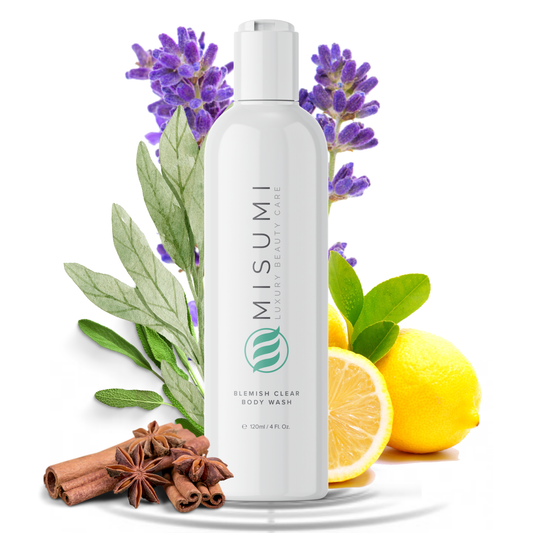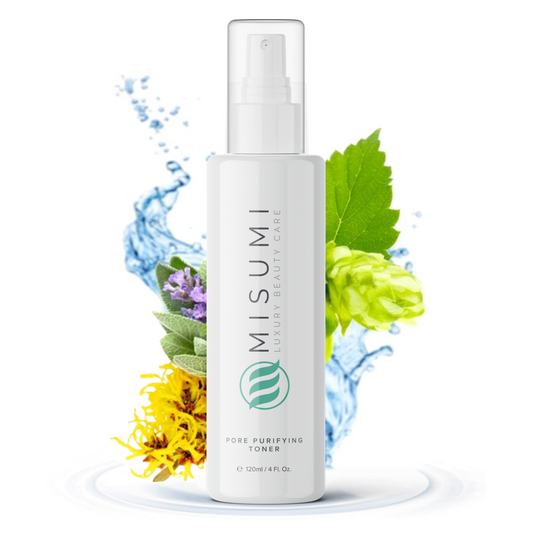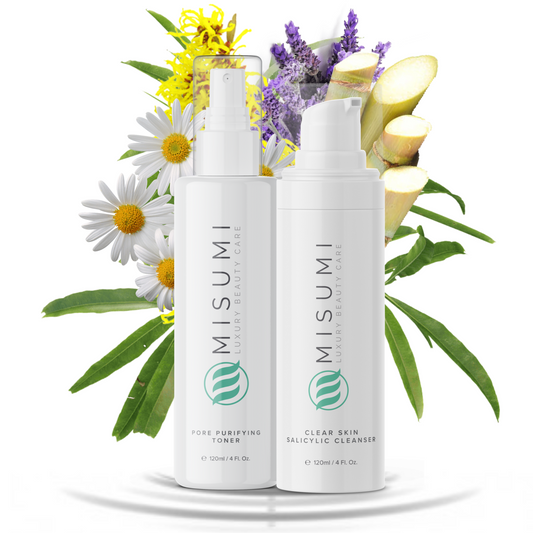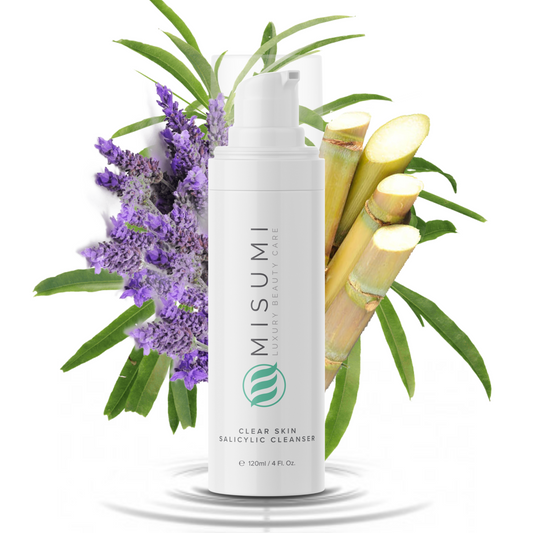Burn scars develop when the skin sustains significant damage, disrupting its natural healing process. Depending on the depth and severity of the burn, the body may produce excess collagen while repairing the area.
As noted in an NCBI study, it is a natural response to skin damage. During the healing process, scar tissue is replaced by normal skin tissue after small injuries or burns. However, when burns are deep, the scar tissue may persist and result in contractures, giving it the appearance we see on the body. This condition is also referred to as hypertrophic scar tissue, which results from excessive collagen.
Some scars fade with time, while others remain as lasting reminders of the injury. The healing process varies widely. The location of the burn also matters. Areas that experience frequent movement, like the joints, may form thicker scars because the skin stretches and pulls during recovery.
This article explores everything you should know about burn scars and long-term skin health.
Early Care and Medical Attention
Prompt and proper care after a burn can greatly influence how well the skin heals. Keeping the affected area clean, covered, and moisturized helps reduce infection and supports new tissue growth. Medical attention is essential for moderate to severe burns, especially if the burn covers a large area or involves blistering and open wounds.
Mayo Clinic suggests several self-care practices you can use after burns. You can prevent further harm by moving away from whatever caused the harm. Then, you can place the burnt area under running water and hold it for 10 to 20 minutes to cool it. You should also remove any rings or other tight items around the affected area. Do this quickly before the skin around the item starts to swell.
While there are many things you can do, it is also important to understand what you should avoid. For instance, you should not use cold water to cool the burnt area. Similarly, you should not break blisters or use a fluffy cotton bandage.
Once immediate treatment begins, gentle home care is the next step. Using fragrance-free products, avoiding direct sunlight, and following your doctor’s instructions can prevent complications and promote a smoother recovery.
How soon should someone seek medical help after a burn?
You should get professional care immediately if the burn is deep, blistering, or covers a large area. Delaying treatment can increase the risk of infection, scarring, and tissue loss. Even smaller burns may benefit from early medical advice to prevent complications and ensure the right wound care approach.
Long-Term Effects and Skin Health Maintenance
If the skin burn is too deep, doctors may recommend advanced treatment options. A ScienceDirect study states that skin autografts are currently the gold standard for permanent skin damage treatment.
Tissue-engineered dermal templates have also advanced wound repair by promoting both regeneration and scar reduction. This makes them useful in reconstructive surgery. While their exact effects on the wound’s microenvironment are still being studied, research suggests they may also help reduce the risk of infections.
A Nature Journal study also concludes that stem cell therapies, particularly those using induced mesenchymal stem cells (iMSCs), offer strong potential. In a study using cord tissue-derived iMSCs within an Integra Dermal Regeneration Template in a porcine burn model, treated wounds healed faster. It also led to improved epithelialization and better outcomes for inflammation and fibrosis.
Even after the visible wound has healed, the skin in that area may remain more sensitive than before. Burn scars often lack sweat glands and hair follicles, making them more vulnerable to dryness and irritation.
Regular moisturization helps restore elasticity and comfort. Dermatologists often recommend using creams with silicone or vitamin E to minimize the appearance of scars. However, results depend on how the body responds to treatment.
Are there long-term complications associated with burn scars?
Yes. Beyond appearance, burn scars can cause nerve sensitivity, restricted movement, and susceptibility to infection or dryness. The damaged area often lacks normal skin structures, making it more fragile. Regular moisturization, stretching exercises, and professional follow-ups help prevent or reduce these long-term complications.
Emotional Healing and Confidence
Physical recovery is only one part of healing from a burn injury. The emotional impact can be significant, especially when scars alter appearance or cause discomfort. Many individuals find support through counseling, peer groups, or connecting with others who’ve experienced similar injuries.
Emotional healing also involves finding peace of mind, especially when someone else’s negligence causes the burn. This can happen through a defective product, an unsafe workplace, or another preventable situation. In such scenarios, seeking justice can be a key part of emotional recovery.
According to Piscitelli Law Firm, legal professionals who specialize in burn injury cases can guide you through this process. They can ensure you are heard and supported, and that you get justice and compensation for your damages.
If you or someone you know has suffered burn injury, look for a reliable law firm in your locality and connect with them. You can find different ways to connect with the law firm through their contact us now page. Talking to a legal professional will let you explore your options and take the first step toward both emotional and physical healing.
Preventing Future Skin Damage
Once the skin has healed from a burn, prevention becomes just as important as treatment. Reinjury can make existing scars worse, so protecting the skin from harsh elements is essential. Sun exposure, for example, can darken scars and make them more noticeable.
Using a high-SPF sunscreen and wearing protective clothing helps shield fragile areas. Heat and friction should also be minimized. Avoiding overly hot showers, rough fabrics, and aggressive exfoliation can prevent irritation and further damage.
Nutrition also supports ongoing recovery. A diet rich in vitamins C and A, zinc, and protein strengthens the skin’s barrier and aids tissue repair. Staying hydrated keeps the skin supple, helping scars soften over time. Consistent care, both inside and out, ensures that the skin remains resilient long after the injury has healed.
It is also important to determine how independent you have become post-recovery. A ScienceDirect study mentions that survivors of severe burns often experience lasting functional limitations. These limitations can prevent many from returning to independent living or work, creating a significant socioeconomic impact.
Factors such as older age, female gender, and preexisting mental health conditions reduce the likelihood of regaining independence. Larger or deeper burns, as well as longer hospital stays, further hinder recovery. If you are not independent yet but try to do everything yourself, the risk of reinjury increases.
Can exercising affect healed burn areas?
Yes, vigorous activity can sometimes cause pulling or stretching in scarred areas, especially early in recovery. Gentle exercises and slow stretching are recommended first. Over time, regular movement can improve flexibility and blood flow, which supports the scar’s texture and reduces tightness.
Building a Skincare Routine After Recovery
Establishing a consistent skincare routine helps maintain balance and comfort once healing is complete. Gentle cleansing, daily moisturizing, and mindful sun protection form the foundation of scar care.
Products containing ceramides, niacinamide, or peptides can improve texture and reinforce the skin’s natural barrier. Avoid products with strong acids or alcohol that might irritate sensitive skin.
According to a Medical News Today article, chemical-based skin care products can lead to facial burns. Such products can cause skin discoloration, pain, a burning sensation, etc. Introducing these products into your care routine can further damage your skin.
Patience is key. Scars continue to mature for months, sometimes even years, and progress may be slow. Tracking changes with photos or notes can help you see subtle improvements that might be easy to overlook day-to-day. Regular care not only supports physical healing but also boosts confidence in how your skin looks and feels.
Burn scars tell a story of resilience, but they also remind us that proper care is essential for lasting skin health. With medical guidance, gentle skincare practices, and ongoing attention, it’s possible to manage scarring and maintain strong, healthy skin for years to come. Continuing to learn about new treatments and advances in skin regeneration can further support recovery and improve both comfort and confidence over time.








